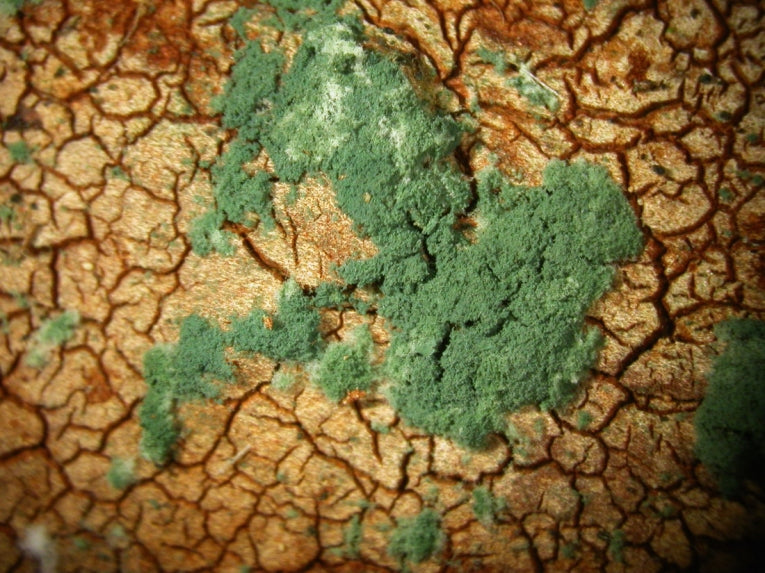Fungi is absolutely everywhere and we have all seen it in places we would rather not, whether it be growing on food that is going off through to in damp areas of the cellar. The reason why fungi is everywhere is due to just how versatile it is as they can choose their lifestyle based on external conditions.
Fungi can be very useful for plants in aiding them in the protection of diseases as well as helping to boost their growth and now genetic studies at the Vienna University of Technology shows that it can also be used as an environmentally-friendly alternative to harmful fertilisers and plant agents. This research has now been published in Nature Reviews Microbiology and makes for very interesting reading indeed.
The research goes back to the point of how versatile fungi can be. It can grow on the bark of a tree or grow just as easily inside of a plant or even on top of another fungi. The appearance of fungi can vary dramatically depending on the lifestyle and type of fungus and also because there are various different development stages of fungus. Irina Druzhinina from the University of Technology in Vienna says, "Only genetic analysis shows which fungus belongs to which species - and what a certain species is capable of."
The genome of three important species of the genus Trichoderma has been completely sequenced. Through the use of modern computing power we can now see the evolutionary relationship between the fungi and can find where its special capabilities come from. It has been found that fungal DNA contains genes that are associated with very sensitive perception of the outside world which effectively allows fungi to adapt and react to subtle signals from its surrounding environment. For example, the Trichoderma fungi have become equipped to ingest sugar from surrounding plants and can attach themselves with ease to wet or dry surfaces, plants, roots and even to human skin. They also appear to have an ability to attack other fungi or bacteria with chemical toxins, allowing it to fight for its own space and control its surroundings.
There are around 160 Trichoderma species and Professor Christian Kubicek's research group has been working on these fungi for many years now. "We want to understand the evolutionary history of the fungi, and at the same time study their lifestyles in different environments", Irina Druzhinina explains.
Through this research it will become possible to identify which fungus can be used for which application and armed with all the data it will eventually become possible to use certain species of fungi to be used in the protection of plants as opposed to traditional chemical protecting agents. The correct fungus could possibly even be used to aid growth of the plant as well. Irina Druzhinina went on to say, "The fungi could be applied to fields and meadows - in much the same way as artificial plant protecting agents are being used now." This offers a lot of hope in the production and advancement of eco-friendly farming and associated products.
Special note has been taken not to disrupt the delicate ecosystem and therefore it has been established that fungi should only ever be used where they naturally occur and Irina Druzhinina explains, "To cure the plant diseases of coffee beans in Africa, we will have to use different fungi than those we have here in Europe."
The research now continues. All kinds of fungi can be found across the globe, the research now hopes to be able to make more sense of their genes and how they work in a bid to be able to adapt their uses and find new applications for their amazing abilities.










